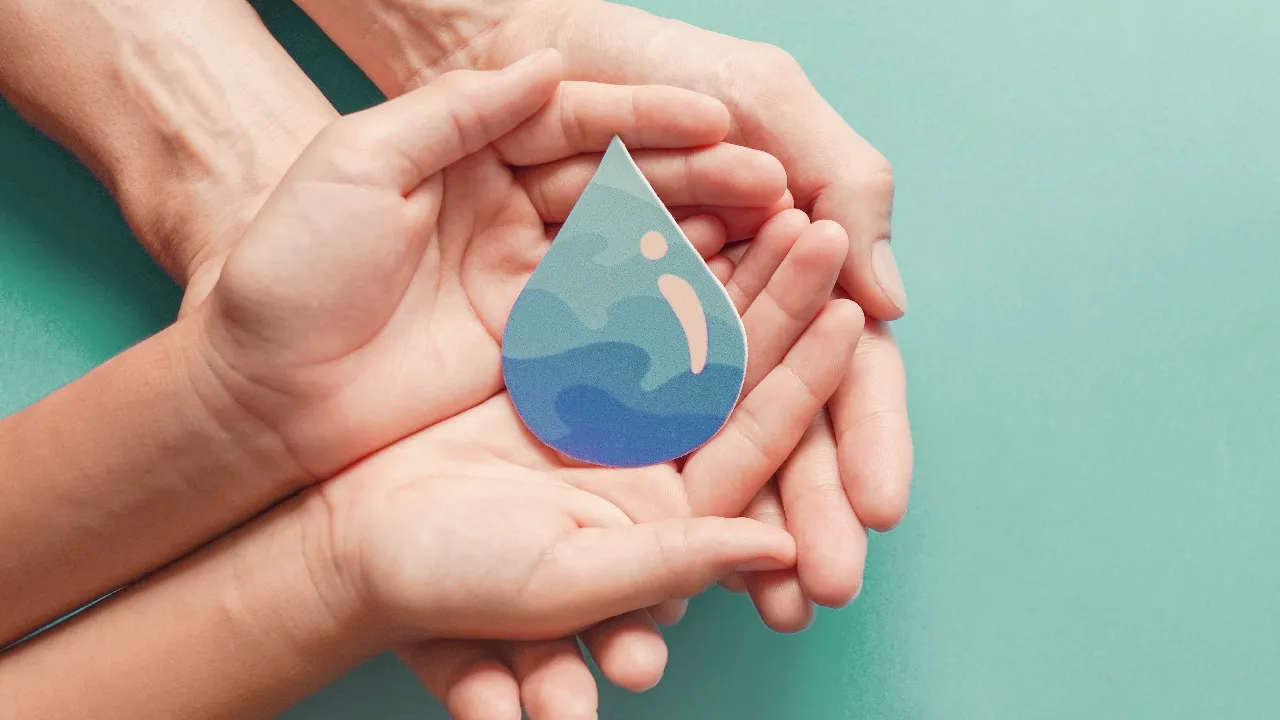

18 Apr 2024

In conclusion, effective water conservation techniques ranging from low-flow fixtures to advanced water treatment technologies offer promising solutions to combat water scarcity. By implementing these water harvesting and conservation techniques at home, Bangalore residents can become active participants in securing the city’s water future.
However, conservation efforts extend beyond individual households. Promoting sustainable water use practices across industries, coupled with investments in innovative technologies, is crucial for long-term success. By fostering a collaborative spirit between individuals, communities, and governing bodies, we can ensure every drop counts in building a water-secure Bangalore.
Leading by example, Assetz Property Group prioritises water conservation with rainwater harvesting and their innovative ‘Carbon Healing Homes’ that save up to 80% of water compared to traditional builds. This dedication to sustainability paves the way for a future where beautiful homes meet a healthy planet.
As water scarcity is a subject of major importance, simple yet impactful changes within our homes can make a significant difference. Implementing efficient indoor water-saving techniques is a powerful way to conserve water:
1. Low-Flow Fixtures
Installing low-flow showerheads, faucets, and toilets can significantly reduce water usage without compromising on comfort or functionality.
2. Water-Efficient Appliances
Choose appliances with high water-efficiency ratings. Modern dishwashers and washing machines use far less water than older models.
3. Behavioural Changes in Daily Life
4. Rain Barrels Installation
Collect rainwater from rooftops using rain barrels. Use it for gardening, car washing, or cleaning outdoor areas—saving potable water.
5. Greywater Recycling Systems
Reuse water from sinks, showers, and washing machines for non-potable uses like garden irrigation or toilet flushing. This reduces freshwater demand and waste discharge.
6. Penetrable Surfaces for Driveways and Patios
Opt for permeable pavers or gravel instead of concrete. This allows rainwater to seep into the ground, helping recharge groundwater and reduce stormwater runoff.
7. Monitoring and Tracking Water Usage
Awareness is key to conservation. Try the following: